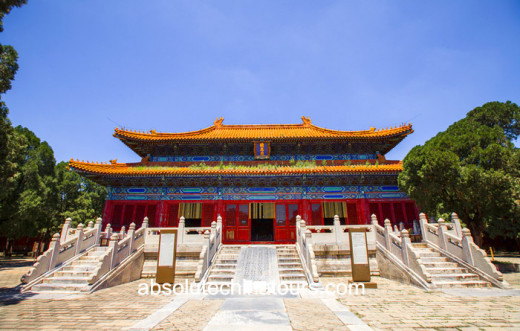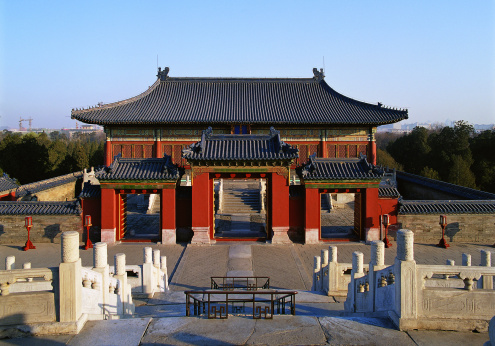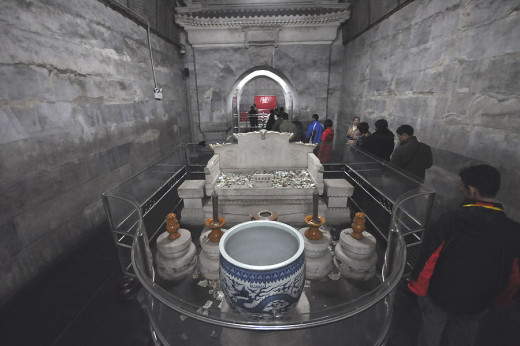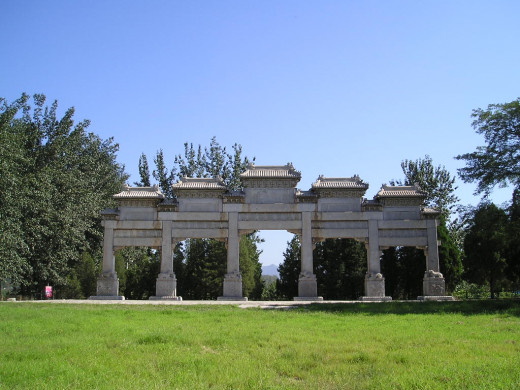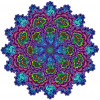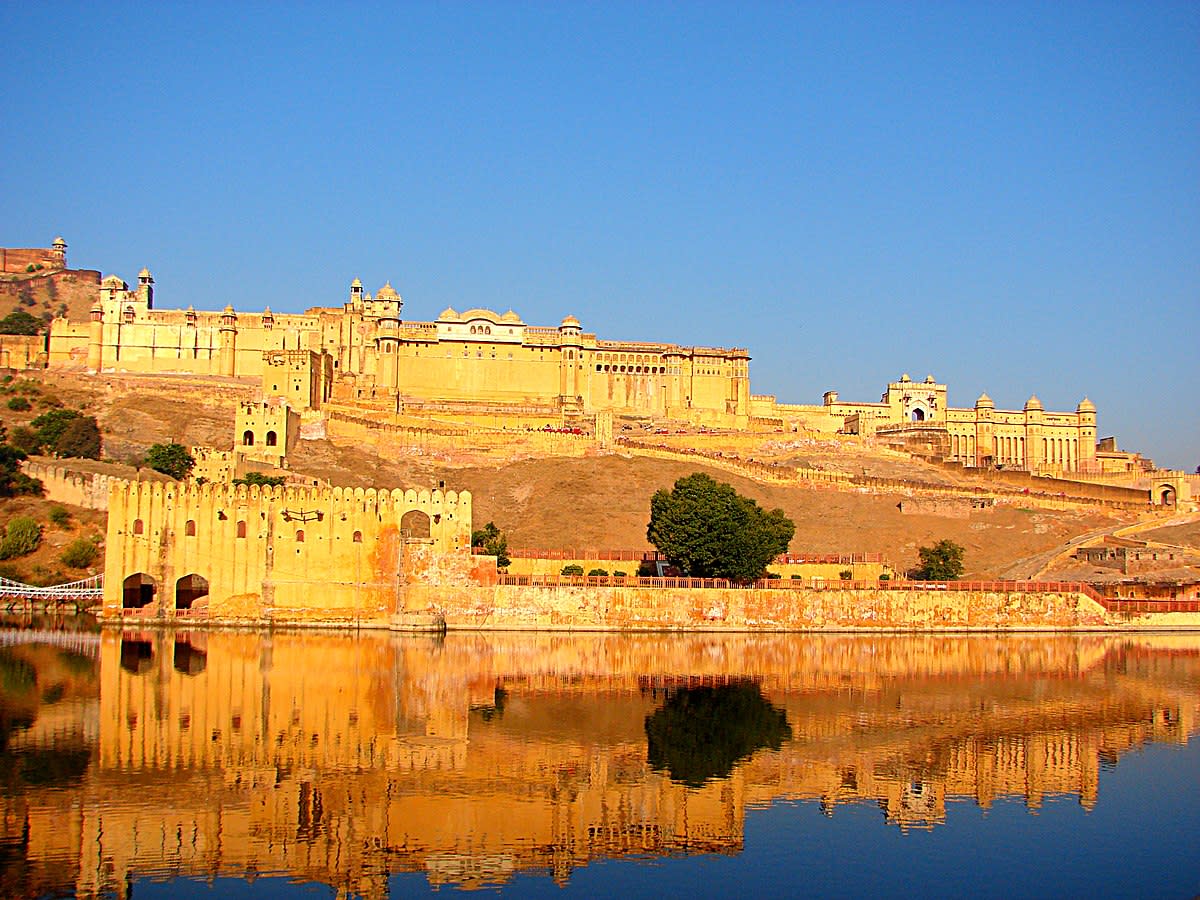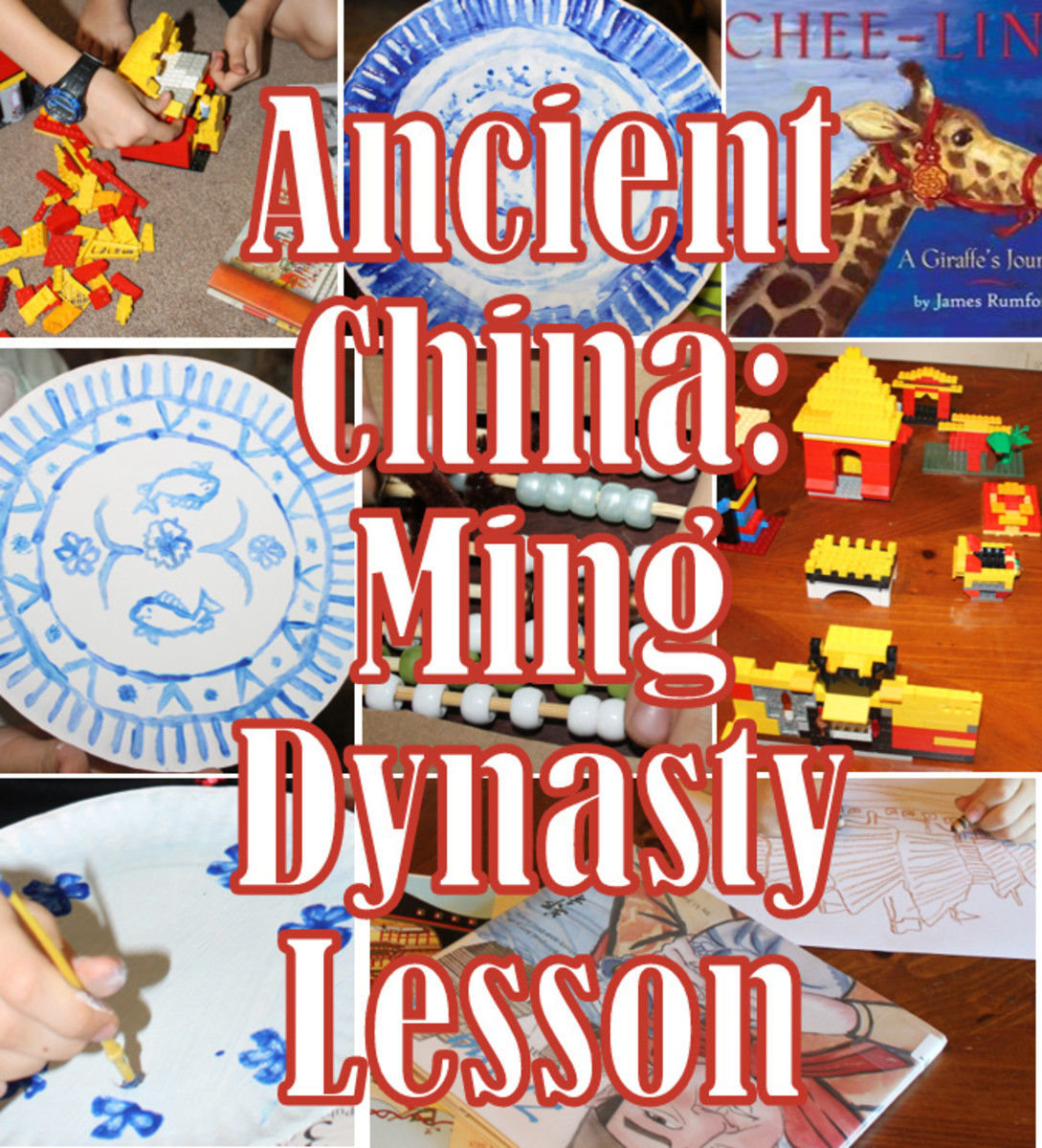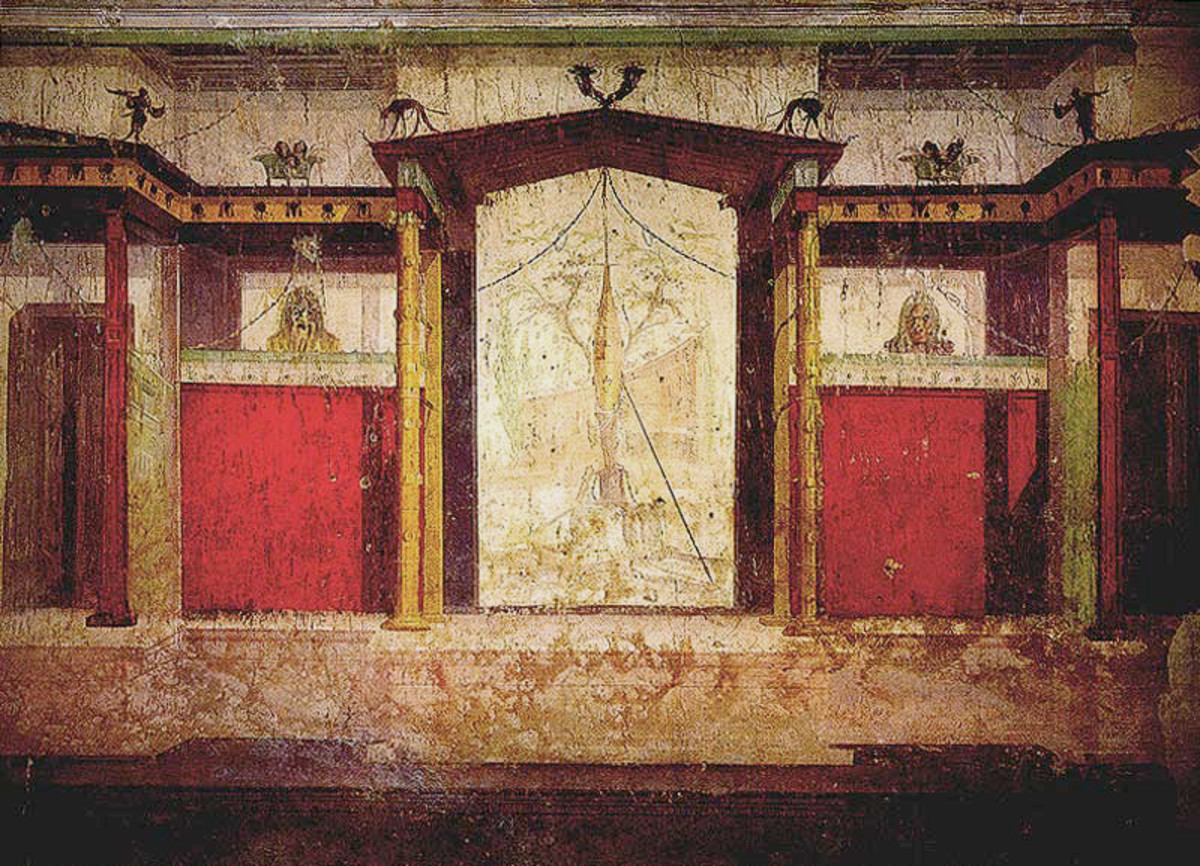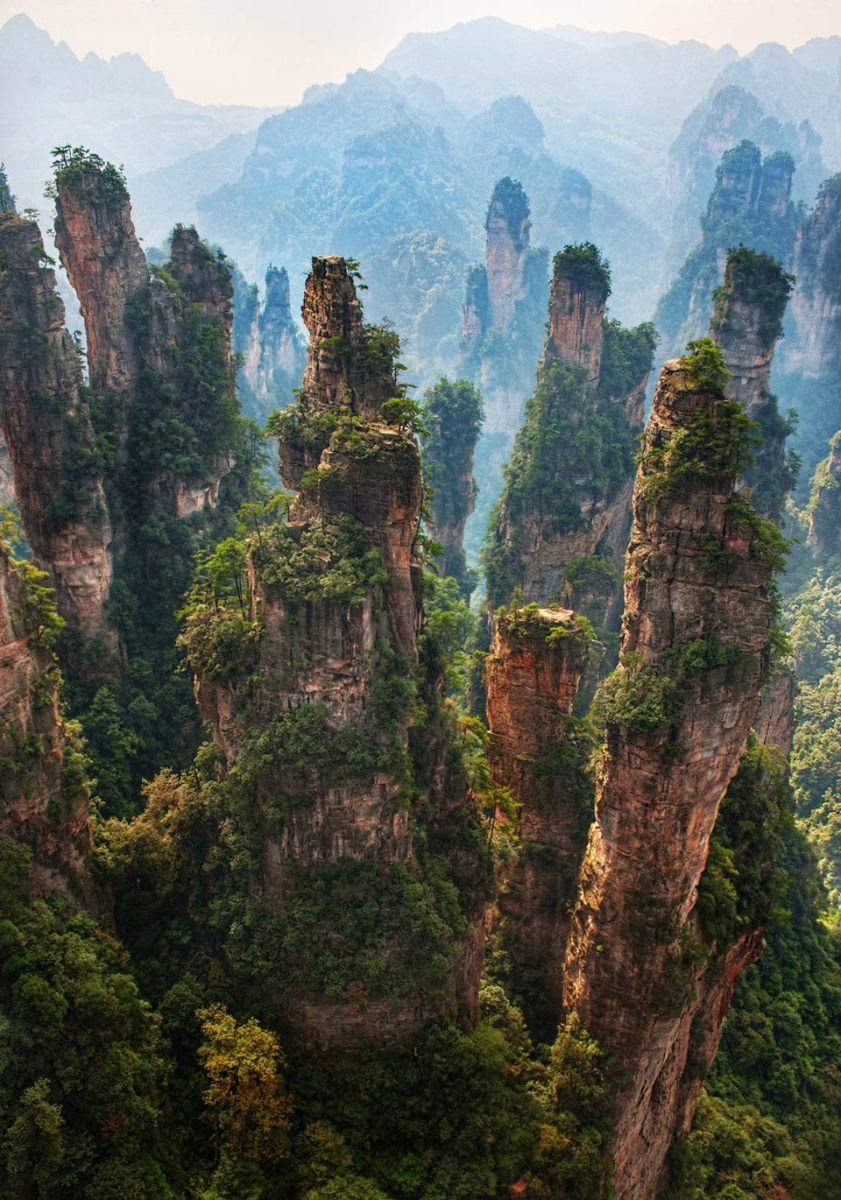- HubPages»
- Travel and Places»
- Visiting Asia»
- Eastern Asia
Ming Tombs-Thirteen Emperors of Ming Dynasty
The Ming Tombs
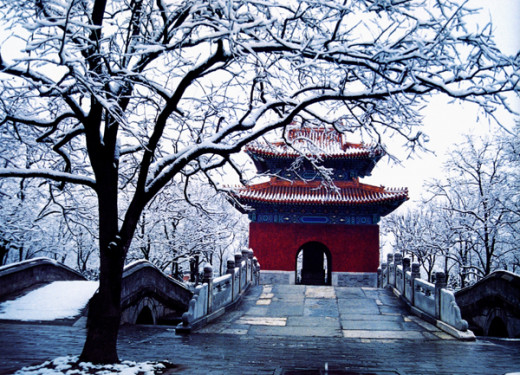
Ming Tombs
The Ming Tombs lie in Changping County, about 50 kilometers (31 miles) northwest from the urban area of Beijing. It is actually a tomb cluster of the Ming Dynasty (1368-1644), including thirteen emperor's mausoleums, seven tombs for concubines and one grave for eunuchs. This cemetery is world famous because of the thirteen emperors buried here. Sitting at the foot of Mt. Yan and occupying an area of more than 120 square kilometers (29,653 acres), it appears extremely spectacular. It was listed in the World Heritage List in 2003.Each emperor's tomb was constructed at the foot of a separate small hill, but they all share a main road called the Sacred Way. The thirteen emperor's mausoleums are similar in their architectural style and overall arrangement, only differing in size and complexity of their structures. They used to have a forecourt where memorial ceremonies and sacrifices were held and a tomb mound at the back. Comparatively speaking, Changling (Chang Tomb) is the most grand, Yongling (Yong Tomb) the most delicate and Siling (Si Tomb) the smallest.
The Ming Tombs
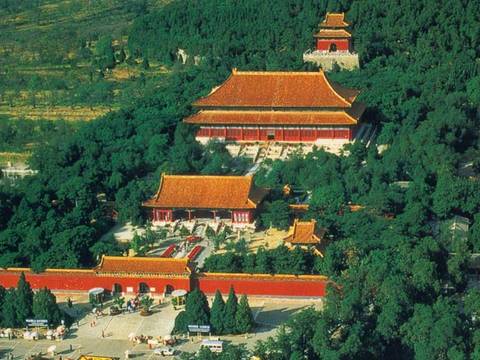
Sacred Way
In the front part of the imperial necropolises, there usually is a Sacred Way (or Divine Road) which means the road leading to heaven. The Emperor, known as the Son of the Heaven, who came from Heaven to his country through the Sacred Way, also deservedly would return to Heaven through this road.
The road is often lined with stone statues which are important decorations of the mausoleum. These statues are usually 12 human figures (including the general, civil officials and meritorious officials) and 24 animals which are lion, camel, elephant, xiezhi (a mythological unicorn), qilin (one of the four "divine animals, the other three are dragon, phoenix and tortoise), and horse. There are 4 of each of these animals: two standing and two squatting with different meanings. Lion symbolizes awesome solemnity because of their ferocity. Camel and elephant are meant to suggest the vastness of the territory controlled by the court, because they are dependable transport in desert and tropics. Xiezhi was put there to keep evil spirits away, because it was believed to possess the sixth sense to tell right and wrong. If two men fight, a xiezhi would gore the wicked one. Qilin, an auspicious symbol, was placed on two sides. Horse, as the emperor's mount, is absolutely indispensable. It is said that these animals is supposed to change guard at midnight.Among the many Sacred Ways, the one of Ming Tombs' is best preserved and complete. The Sacred Way starts with a huge stone memorial archway lying at the front of the area. Constructed in 1540, during the Ming Dynasty, this archway is the earliest and biggest stone archway existing in China today. Farther in, the Shengong Shengde Stele Pavilion can be seen. Inside it, there lies a 50-ton tortoise carrying a stone tablet. A white marble Huabiao (ornamental pillar) is positioned at each corner of the stele pavilion. At the top of each is stationed a mythical beast facing either inward or outward, expressing hope that the emperor will neither cling to the palace nor forget to return to the Palace to handle state affairs. Then come two Roof Pillars on each side of the road, whose surfaces are carved with the cloud design, and tops are shaped like a rounded cylinder. After the 18 pairs of stone statues which are all sculpted from whole stones, and larger than life size, comes the Dragon and Phoenix Gate.
Sacred Way
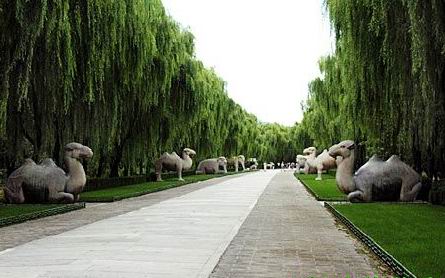
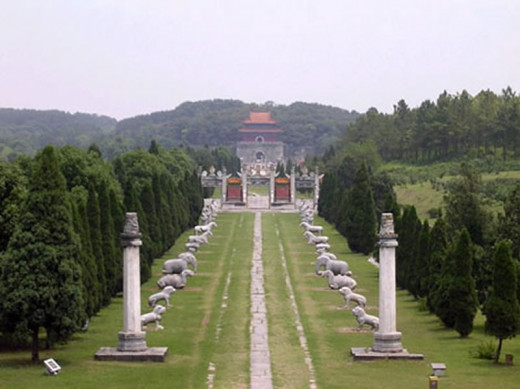
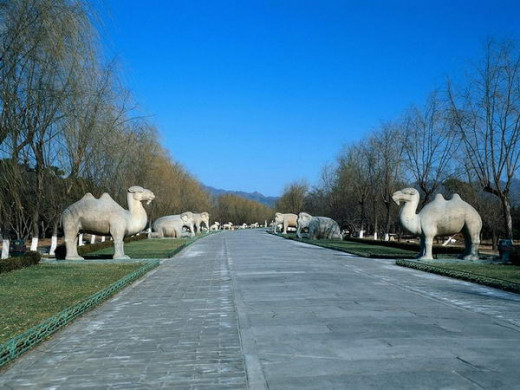
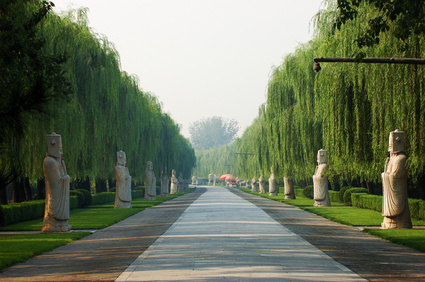
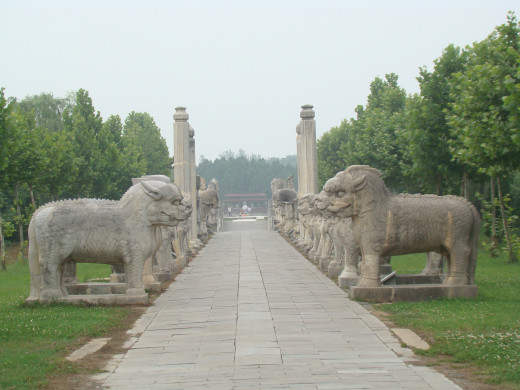
Changling Tomb
Fifty kilometers (31 miles) away from Beijing lies Changling Tomb, the tomb of the third emperor of the Ming Dynasty (1368-1644), Zhu Di and Empress Xu. Among the 16 emperors of the Ming Dynasty, Emperor Zhu Di (1360-1424), also honored as Emperor Yongle, made the greatest contribution to the country and had the most far-reaching impact on history. During his time, the Ming Dynasty reached its peak. In 1409, Emperor Zhu Di built Changling Tomb. He was the first emperor of the Ming Dynasty to build a tomb. After that another 12 tombs were built. Changling Tomb is the largest and the most completely preserved of these tombs. Because of its grand ancient architecture, brilliant culture and long history, the site is one of the most significant attractions in Beijing.Changling Tomb covers about 120,000 square meters (30 acres). Its layout is square in the front and round in the back.The square portion is divided into three connecting courtyards.Approaching the Changling Tomb, you will first see the tomb’s gate. It is an Alhambresque gate, the rafters and arch of which are all made of colored glaze. There are three small red doors under the gate. In the courtyard stands a perfectly preserved stele pavilion.Passing through the first courtyard, you enter the second courtyard. It is the most attractive area of the tomb, worthy of careful appreciation. The gate to the second courtyard is named Blessing and Grace Gate (Ling’en Gate), which is 31 meters (102 feet) wide, 14 meters (46 feet) deep and 15 meters (50 feet) high. At the corners of the steps and under the railings are dragon-head-shaped stone drainages. The stone carvings on the stone road between steps are magnificent and majestic. The lower part of the carved picture is a surging sea, in which mountains stand and two sea horses are leaping out; in the upper part, two vigorous dragons are flying up and down, chasing fire beads.
Vol. I.The Prince of Yan
After he took the throne,Zhu Yuanzhang had enfeoffed twenty-three of his sons as princes and assigned them,with military forces of varying size,to strategically important locations across the empire.Those with the strongest armies were the nine princes assigned to guard the northern frontiers against the Mongols.The emperor`s eldest son,the heir apparent,stayed in the capital with his father.When the heir died prematurely in 1392 his son,the imperial grandson,became heir apparent.In 1398 it was this young man,aged twenty-two,who took the throne as the Jianwen emperor.However their first challenge would be that posed by the Jianwen emperor`s surviving uncles,the princes.Especially difficult would be Zhu Di,the Prince of Yan.
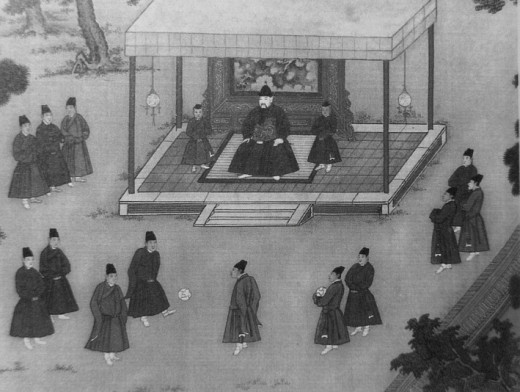
Changling Tomb
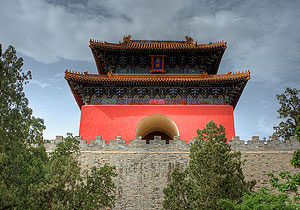
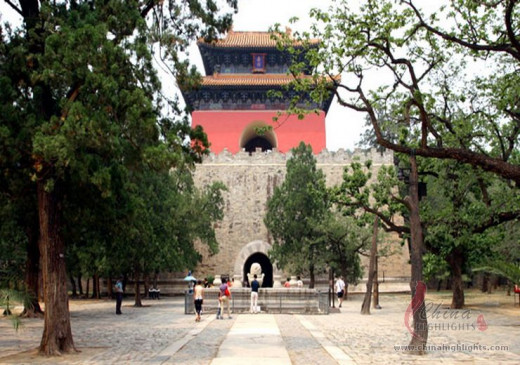
Dingling Tomb
Located in the southern foot of Tianshou Mountain in Changping County of Beijing, Dingling Tomb is the mausoleum of Emperor Zhu Yijun (1563 - 1620) of Ming Dynasty (1368 - 1644) and his two empresses, Empress Xiaoduan and Empress Xiaojing. Zhu Yijun was the thirteenth emperor and occupied the throne for 48 years, the longest among all of the emperors of the Ming Dynasty. Built over six years between 1584 and 1590, the tomb, which covers an area of 180,000 square meters (44 acres), is of great historical value, attracting millions of tourists from home and abroad every year.The aboveground part of Dingling Tomb presents a square front and circular rear construction layout, symbolizing the ancient Chinese philosophical concept of "heaven is round and the earth is square". Three white marble stone bridges lead you to the entrance of Dingling Tomb, where you will see a high tablet pavilion. Further back, there is an enclosing wall named Wailuo Wall around the mausoleum. At the axis position of the wall a palace gate was set, which is the first door. The yellow glazed tiles, eaves, archway, rafters and columns are all sculptured from stone, and colorfully painted. Inside the Wailuo Wall, there are three courtyards in the square front part, and the Treasure City in the circular rear part. The first courtyard has no buildings and facilities, but three Divine Kitchens on the left side outside the courtyard, and three Divine Storerooms on the right side. The gate of the second courtyard is named Blessing and Grace Gate (Ling’en Gate). There is a base with railings, and the top of the railings are decorated with stone dragon heads and phoenix heads. The Blessing and Grace Palace (Ling’en Palace) is in the third courtyard. It is the place for making sacrifice to Emperor Zhu Yijun and his two empresses. The stone road in the middle of the courtyard is engraved with a dragon and a phoenix playing with a pearl. The third courtyard has a two-column archway door called Lingxing Gate and a few stone tables on which sacrificial items are placed. The circular rear part has the Treasure City, where Emperor Zhu Yijun and his two empresses were buried. It is covered with earth and the middle part stands out, looking like a round castle.
Vol II.The Yongle Emperor
Zhu Di was the eldest surviving son of Zhu Yuanzhang.His fief of Yan was the area of the old Yuan capital,Dadu.Zhu Di and his large army had been a key component of the Hongwu emperor`s defense against the Mongols.The Jianwen emperor began his campaign against the princes by bringing the weaker among them under control in order to deprive Zhu Di of allies.But when imperial armies then moved to attack Zhu Di himself,the Prince of Yan,deafeted them and struck south against Nanjing.By way of justification,Zhu Di announced that the Jianwen emperor had come under the influence of evil ministers and that it was his responsibility,as the eldest male of the imperial house,to come to the emperor`s rescue.During the attack on Nanjing,the imperial palace caught fire and burned to the ground.The Jianwen and his consorts were presumed dead,the bodies were never found.The victorious Prince of Yan took the throne as the Yongle emperor.
Yongle emperor
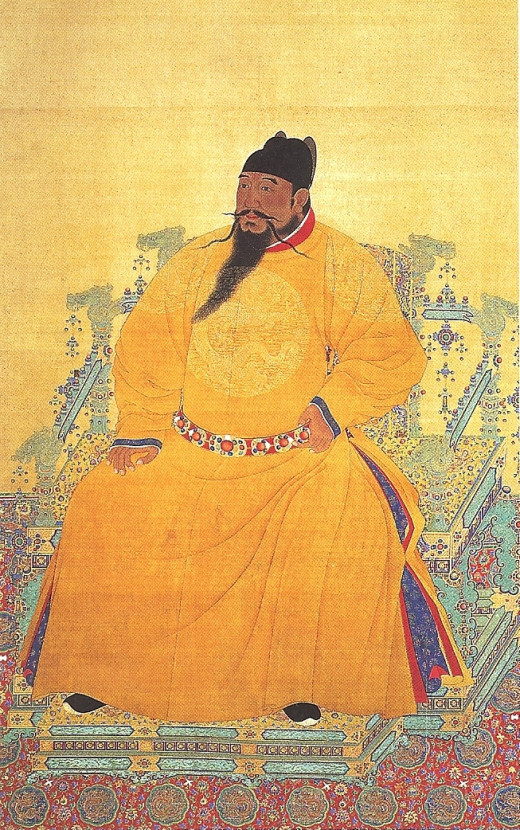
Dingling Tomb
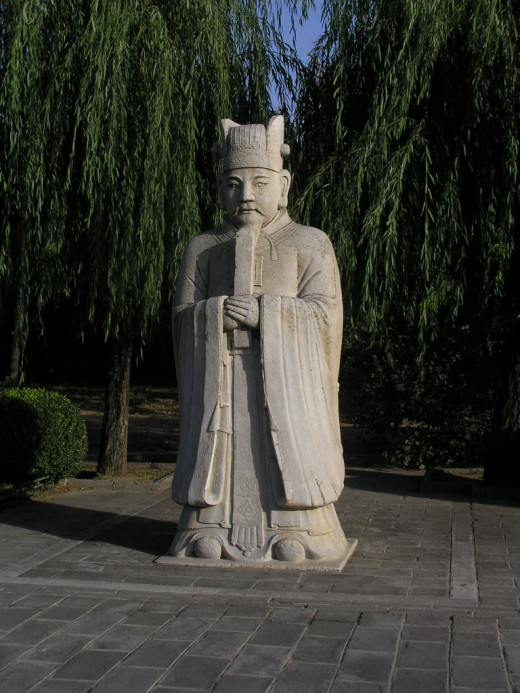
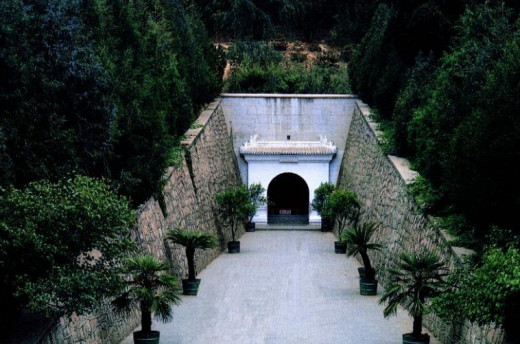
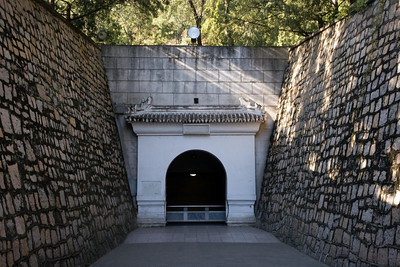
Zhaoling Tomb
Being one of the Ming Dynasty Tombs, Zhaoling Tomb lies on the east side of Mount Dayu in Beijing. It is where Zhu Zaihou, Ming Dynasty’s (1368~1644) twelfth emperor and his three empresses are buried. Although restored many times and smaller than the other Ming Dynasty mausoleum, its structure remains the same as the other ones. Being one of the Ming Tombs open to the public, it is the first that has been restored.Zhaoling Tomb is located about 2 kilometers (1.2 miles) from the Qikong Bridge in Changling Tomb. Covering 35 square kilometers (13.5 square miles), it is a middle-sized Ming Dynasty tomb. Its shape, like that of many other tombs, combines a square yard at the front with a circular yard at the back. Within the tomb area, you will also find the Blessing and Grace Palace (also known as Ling’en Palace), the Gate of Blessing and Grace (Ling’en Gate) and other side halls.After going through the Gate of Blessing and Grace, you will see a blank stele on a stone turtle standing under a pavilion on the left side of the first yard. Emperor Zhu was an ordinary emperor who was not very active in politics or administration, so it is hard to comment on his achievements. This explains why the stele is uninscribed. It nevertheless attracts the interest of many visitors. People like touching the turtle because one says that: “Touching the turtle’s head will free you from worries for the rest of your life; touching its behind will make you healthy for life.” Nowadays, the stele pavilion is the place where the Sacrifice to the Ancestors ceremonies are carried out in Autumn.The resplendent and magnificent Blessing and Grace Palace (Ling’en Palace) standing in the center part is the main building, in which “Displays of Zhaoling Tomb in Fall” are often set. In this palace, the Ming Dynasty’s traditional culture can be felt. Next to it are some side halls, in which historical materials about Zhu Zaihou and his empresses as well as other materials relating to the tombs’ history are nowadays displayed for tourists.
Zhaoling Tomb
